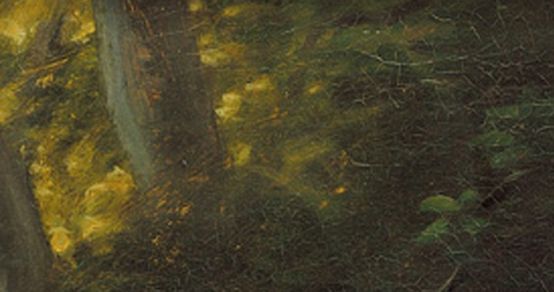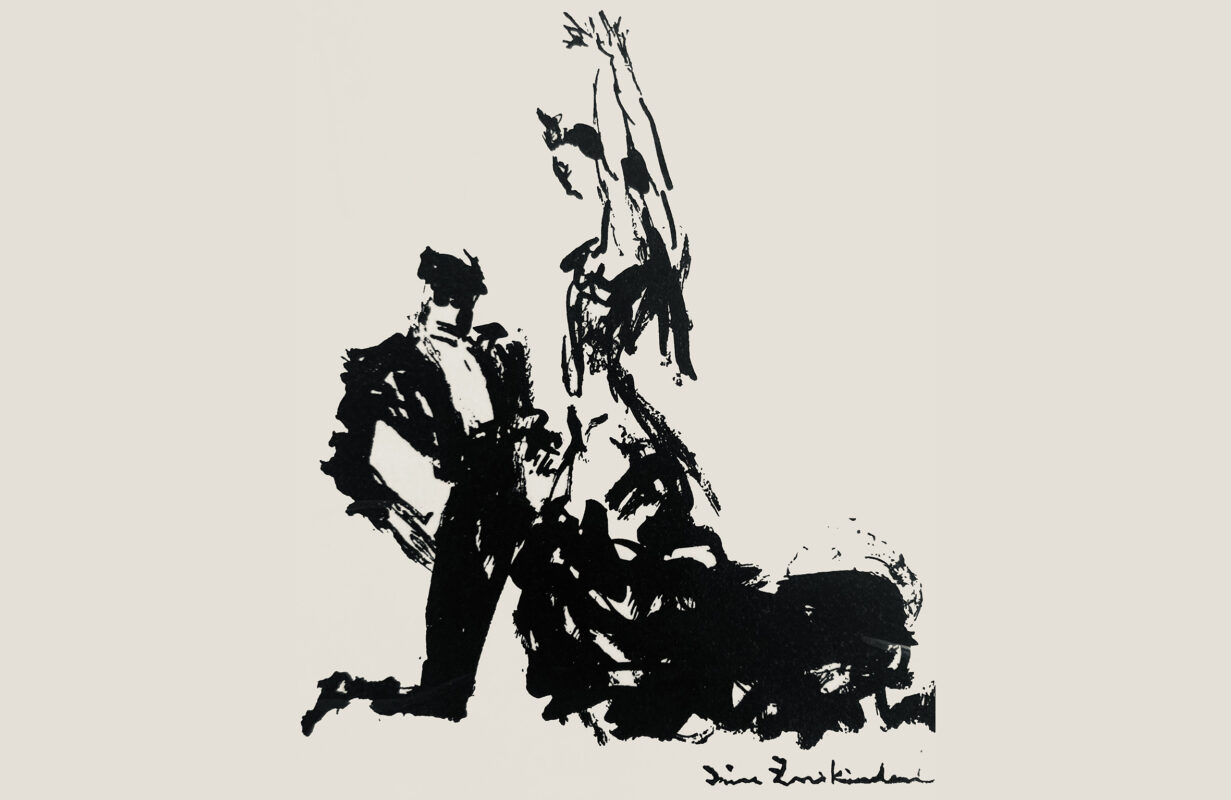Fantasy in G minor
Beethoven every Friday: to mark his 250th birthday, we take a look at one of his works every week. Today it's his piano fantasy from 1809.

Only very rarely (in fact, almost never) does a pianist today dare to improvise one of those cadenzas that are so emphatically demanded by the orchestra's six-four chord in a piano concerto from the decades around 1800. The art of leading through motifs, themes and keys in an interesting, pleasing and, above all, independent manner, which was still taken for granted at the time, fell into oblivion in just two to three generations. In contrast, elaborate cadenzas came into fashion, which could be freely selected and simply played. Even Beethoven made them on request, later renowned pianists and composers followed suit: Brahms, Bülow, Busoni, Fauré, Godowsky, Liszt, Medtner, Moscheles, Reinecke, Rubinstein, Saint-Saëns, Clara Schumann, to name but a few.
The old spirit of improvisation also speaks from the Fantasy op. 77 - although analysts have often attempted to peel out the smallest motivic references in order to defend the composer against the unpopular work. Yet Beethoven was not only a composer with both far-sighted and profound insights, but also (and this is often overlooked) a practicing pianist for most of his life. Carl Czerny already wrote in his The art of the lecture (1842) explicitly referred to this fact: "This very witty fantasy gives a faithful picture of the way he Beethoven used to improvise when he did not want to carry out a particular theme, and therefore left himself to his genius in inventing ever new motifs." This is by no means contradicted by the fact that sketches for the work can be proven and that the autograph was made in splendid Sunday handwriting: Every good improvisation (even in jazz) should be prepared in some form, even if only mentally. But if we look at the musical context of 1809, Beethoven's Opus 77, with its combination of free fantasia and a short sequence of (figurative) variations, which seems strange today, seems to have been nothing other than at the height of his time. This is again confirmed by Czerny, who in his Instructions for fantasizing (1829) recommends a longer improvisation and considers it advisable, "if there are echoes from the following topic and the whole forms a suitable introduction". Numerous long-forgotten works by other composers also reveal this structure (Hummel, Steibelt ...). In Beethoven's case, however, the (printed) fantasia, like so much else, remained singular.
Listen in!
Never miss an episode
Would you like to be reminded whenever a new blog entry is published? Subscribe to our newsletter or the RSS feed!








